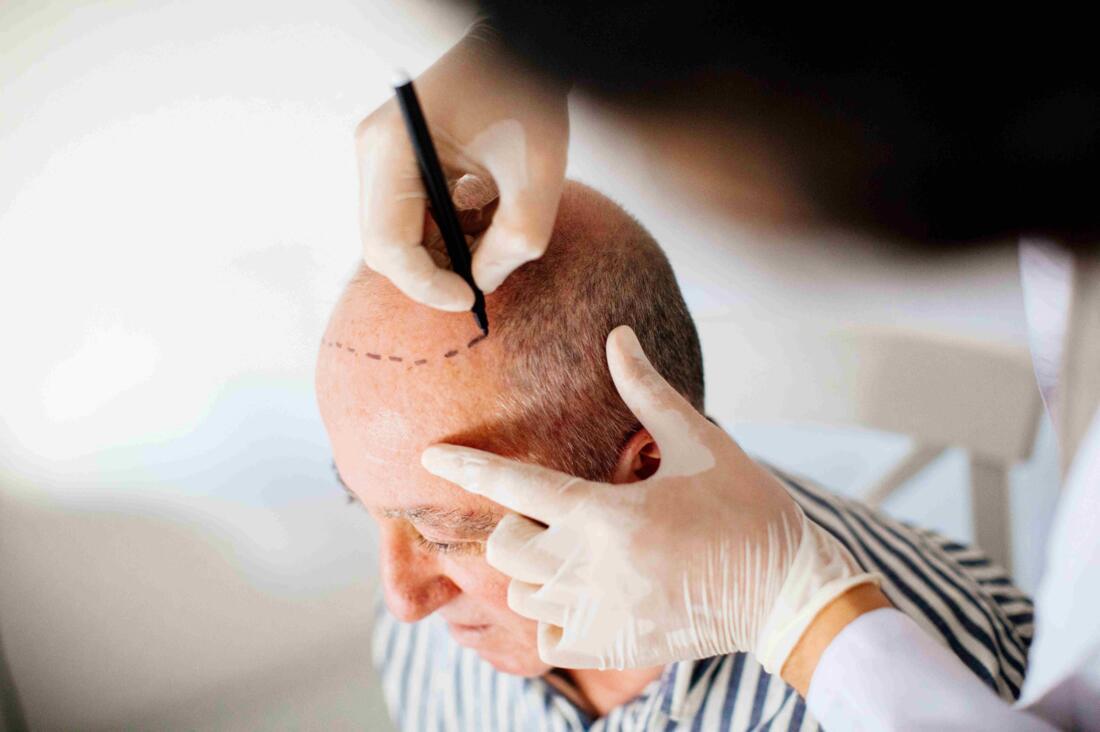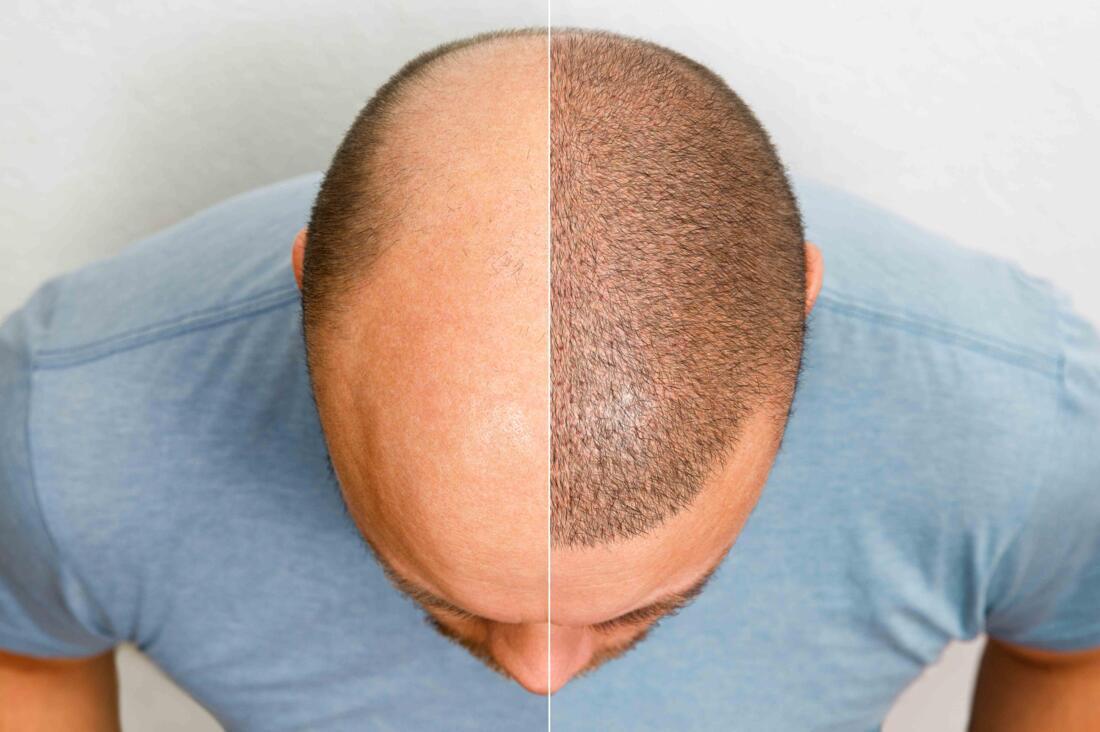Experiencing hair loss can be challenging because it not only affects your appearance but also your self-esteem. Fortunately, advancements in hair restoration procedures present fresh opportunities and hope for individuals struggling with hair thinning or baldness. Modern hair transplant techniques are now more effective, offering natural-looking results and enhanced convenience.
Overcoming Hair Loss
Advancements in hair transplant techniques have resulted in more precise and efficient procedures, providing natural-looking results with minimal discomfort. Key innovations like Follicular Unit Extraction (FUE) and Follicular Unit Transplantation (FUT) have gained popularity for their effectiveness. These methods involve the meticulous removal and placement of hair follicles to achieve a natural look in the regrowth of hair.

FUE Method
The technique known as Follicular Unit Extraction (FUE) has gained popularity due to its minimal invasiveness and the absence of a noticeable linear scar. During this process, individual hair follicles are extracted from the scalp without the use of a scalpel or stitches, promoting quicker healing and reduced post-surgery discomfort. The precision of FUE allows for the placement of hair follicles to mimic the natural growth pattern, resulting in outcomes that closely match existing hair. Additionally, advancements in robotic technology have enhanced the accuracy and efficiency of the FUE procedure.

FUT Method
Follicular Unit Transplantation, known as strip surgery, is a procedure where a small strip of tissue is taken from the strong hair at the back of the scalp to transplant follicles to areas with hair thinning or balding. Although FUT may leave a linear scar, it is typically hidden by the surrounding hair and is a cost-effective choice for patients needing many grafts. Both FUE and FUT are successful methods with positive results that can be customized to meet individual preferences, resulting in a fuller, more natural look and boosting confidence.
Understanding the Causes of Hair Loss
To effectively address hair loss, it's essential to understand its underlying causes. Hair loss can stem from a variety of factors, including genetics, hormonal changes, medical conditions, and environmental influences. For many individuals, hereditary patterns play a significant role, often leading to male or female pattern baldness. Conditions like alopecia areata can also cause unpredictable hair loss, while stress and poor nutrition may contribute to thinning hair. By identifying the root causes, patients can make informed decisions about their treatment options, ensuring they choose the most suitable hair restoration method for their unique situation.
The Benefits of Hair Transplant Surgery
Hair transplant surgery offers numerous benefits that go beyond aesthetic improvements. One of the most compelling advantages is the permanent nature of the results. Once transplanted, the hair follicles are resistant to the typical balding process, leading to long-lasting fullness. Additionally, the psychological boost from improved appearance can significantly enhance self-esteem and confidence, positively impacting social interactions and professional opportunities. Moreover, the minimally invasive nature of modern techniques allows for quick recovery, enabling patients to return to their daily activities sooner than with traditional surgical methods.
Post-Procedure Care for Optimal Results
Proper post-procedure care is crucial for achieving the best possible results after a hair transplant. Patients are typically advised to follow specific guidelines, such as avoiding strenuous activities for a few weeks and refraining from touching or scratching the scalp. Additionally, it’s essential to keep the transplanted area clean and moisturized to promote healing. Regular follow-up appointments with the surgeon are important for monitoring progress and addressing any concerns. By adhering to post-operative instructions, patients can help ensure that their hair follicles thrive, leading to optimal hair growth and satisfaction with the outcome.
Exploring Non-Surgical Hair Restoration Options
While surgical methods like FUE and FUT are popular, there are also effective non-surgical options for hair restoration. Treatments such as PRP (Platelet-Rich Plasma) therapy have gained traction for their ability to stimulate hair growth by utilizing the body’s own healing components. Additionally, topical treatments like minoxidil can help slow down hair loss and promote regrowth. Laser therapy is another promising option, using low-level lasers to enhance blood circulation in the scalp. These alternatives can be particularly appealing for individuals seeking less invasive solutions or those who are in the early stages of hair thinning.
Choosing the Right Hair Restoration Specialist
Selecting the right hair restoration specialist is vital for ensuring a successful outcome. It is crucial to research potential doctors, focusing on their experience, qualifications, and patient reviews. A skilled surgeon should have a solid track record of successful procedures and be able to showcase before-and-after photos of previous patients. During the consultation, patients should feel comfortable asking questions about techniques, expected results, and recovery times. A trustworthy specialist will provide clear, honest answers and work collaboratively with the patient to develop a tailored treatment plan that aligns with their hair restoration goals.
Managing Expectations Post-Hair Transplant
After undergoing a hair transplant, it's essential for patients to manage their expectations regarding the timeline and results. Initially, it is common for transplanted hair to fall out within a few weeks post-surgery, which can be concerning for some individuals. However, this shedding is a normal part of the growth cycle, and new hair growth typically begins within a few months. Full results can take up to a year to manifest, as the hair gradually thickens and matures. Understanding this timeline helps patients remain patient and optimistic while awaiting their new, fuller hair, fostering a sense of satisfaction with the process.
AI-Assisted Content Disclaimer
This article was created with AI assistance and reviewed by a human for accuracy and clarity.